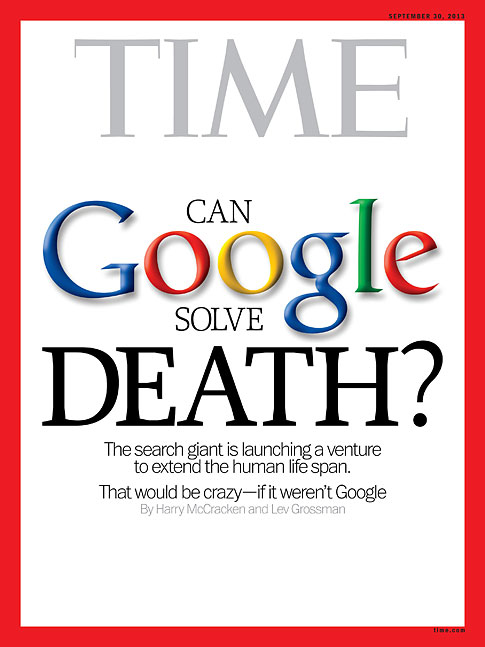
(5 of 7)
According to Teller, Google X's moon shots have three things in common: a significant problem for the world that needs solving, a potential solution and the possibility of breakthrough technology making all the difference. (Making money comes later.) Even a proposed project that meets all these criteria probably won't make the cut. "Sergey and I being pretty excited about it is a necessary but not sufficient condition," Teller explains. "Depending on what it is, it might require consulting experts, it might require building prototypes, sometimes even forming a temporary team to see where it goes and then saying to the team, 'It is your goal to kill this idea as fast as possible.'"
Four big Google X efforts are public knowledge. There's Google Glass, the augmented-reality spectacles that pack a camera and a tiny Web-connected screen you can peek at out of the corner of your right eye and control with your voice and gestures. Makani Power--a startup that the company invested in and then bought outright in May--puts energy-generating wind turbines on flying wings that are tethered to the ground but circle 1,000 ft. in the air. Project Loon aims to deliver Internet access to remote areas of the planet by beaming it wirelessly from 39-ft.-tall helium balloons hovering 12 miles in the sky. Though Calico is a Google X--style long shot, it will be a separate entity from Teller's shop.
But if you had to pick a Google X moon shot with the most plausible chance of permanently reshaping the way we live, it would be the self-driving automobiles. Page first became intrigued by the concept at Stanford in the mid-1990s and seems doleful that the idea was still up for grabs when Google got around to tackling it. "I think one of the big things we did is just tell people, 'Hey, we're going to work on it. It's a big deal. It should be done.' We said we're going to actually drive on public roads and we'll do it safely. We're going to test it. We're going to prove these things are possible. That all could have been done 10 years ago."
To date, Google's robocars, which use lasers and cameras to see other vehicles and even read road signs, have covered half a million miles of road in California, Nevada and Florida. Spotting one cruising alongside you on a Bay Area freeway--always with a human in the driver's seat just in case--has become a common enough occurrence that it's no longer that big a whoop. Last fall, Brin declared that the technology would be far enough along for "ordinary people" to experience it within half a decade. How Google might sell the technology was left unanswered.
